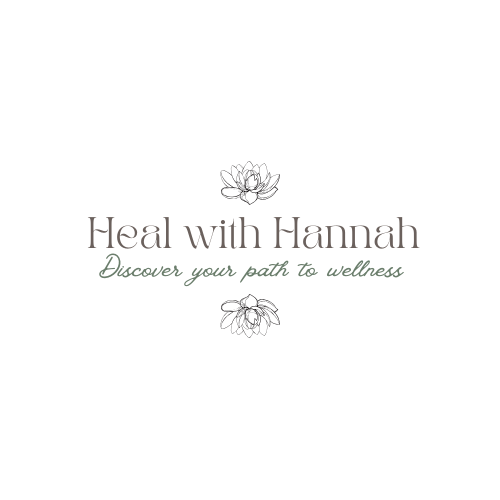what is reiki?
Reiki Healing: A Gentle Path to Balance and Well-Being
Reiki, a Japanese healing art, offers a gentle yet profound way to restore balance and promote healing. The name “Reiki” is derived from two Japanese words: “Rei,” meaning universal, and “Ki,” meaning life energy. This ancient practice involves channeling universal energy through the hands of a trained practitioner to facilitate healing on physical, emotional, and spiritual levels.
Understanding Reiki: The Universal Energy
At its core, Reiki is based on the idea that life energy flows through all living beings. When this energy is abundant and free-flowing, we experience vitality and harmony. However, when the flow of energy is blocked or depleted, it can manifest as stress, emotional imbalances, or physical ailments. Reiki helps to restore this vital energy, promoting holistic well-being.
Unlike many other healing modalities, Reiki is entirely non-invasive. It does not require any tools, substances, or physical manipulation. Instead, the practitioner channels energy through their hands, guiding it to areas of the body where it is most needed. This energy flow helps to dissolve blockages, enhance the body’s natural ability to heal, and create a sense of profound relaxation.
Benefits of Reiki for Emotional and Physical Healing
Reiki is a versatile healing practice with benefits that extend across emotional, physical, and spiritual dimensions. Here are some of the most significant ways it can enhance your well-being:
Emotional Benefits
Stress Reduction: Reiki promotes deep relaxation, helping to alleviate feelings of stress and overwhelm.
Emotional Balance: By addressing energy blockages, Reiki helps release pent-up emotions and fosters emotional resilience.
Inner Calm: Regular Reiki sessions can enhance self-awareness, bringing clarity and calm to the mind.
Spiritual Benefits
Reiki is often described as a spiritual practice, but it is not tied to any specific religion or belief system. It helps individuals connect with their inner selves, fostering a sense of purpose and alignment. Over time, Reiki can deepen one’s spiritual awareness and connection to the universe.
What to Expect During a Reiki Session
For those new to Reiki, understanding what happens during a session can help ease any uncertainties. Here’s a step-by-step look at what you can expect:
Creating a Relaxing Environment: Reiki sessions typically take place in a calm, quiet setting. Soft lighting, soothing music, and a comfortable massage table help create a tranquil atmosphere.
Preparation: You remain fully clothed throughout the session. The practitioner may ask about your intentions or areas you’d like to focus on, such as stress relief or physical pain.
Energy Flow: The practitioner begins by gently placing their hands on or just above specific areas of your body. These positions often align with energy centers, or chakras, but can also target areas of discomfort or imbalance.
Sensations: During the session, you might experience warmth, tingling, or a gentle pulsing sensation as the energy flows. Others feel a deep sense of calm or even drift into a meditative state. Every experience is unique and depends on your body’s needs.
Post-Session: After the session, you’ll have time to relax and share any observations or sensations with the practitioner. Many people report feeling refreshed, centered, and lighter following Reiki.
Who is a Reiki Master?
A Reiki Master is a practitioner who has reached the highest level of training in the practice of Reiki. Becoming a Reiki Master involves progressing through several stages of training, typically beginning with Reiki I (focused on self-healing and healing others), followed by Reiki II (which introduces symbols and mantras for distant healing), and ultimately the Master level (where advanced techniques and the ability to teach and attune others to Reiki are learned). Reiki Master training is both a personal and professional journey, often involving deep self-reflection and spiritual growth. It is a calling to not only heal others but also to guide and empower new Reiki practitioners through teaching and attunement, offering them the tools to become healers themselves.
Reiki and Chakra Balancing
One of the unique aspects of Reiki is its ability to balance the chakras, the seven primary energy centers in the body. Each chakra corresponds to specific physical, emotional, and spiritual aspects of our being. When one or more chakras are blocked or out of balance, it can lead to discomfort, emotional turbulence, or even illness. During a Reiki session, the practitioner focuses on clearing and energizing these centers, helping the energy flow freely and harmoniously. This alignment fosters emotional clarity, physical vitality, and spiritual growth, creating a foundation for overall well-being.
How to Incorporate Reiki into Your Life
Reiki is not just a one-time experience; it can become a regular part of your self-care routine. Whether you seek it out for stress relief, emotional healing, or spiritual growth, consistent sessions can enhance its benefits over time. Additionally, some individuals choose to learn Reiki themselves, enabling them to practice self-healing and share this beautiful energy with others.
If you’re curious about Reiki or ready to explore its transformative potential, reach out to schedule a session. At Heal with Hannah, I’m here to guide you on your journey to balance, healing, and self-discovery.
